 Welcome back to the third and final edition of “Want to Play a Game of Tag (Lines)?” because like a good movie franchise, it ends as a trilogy (hint-hint Indiana Jones). In case you missed it, here’s part one and part two.
Welcome back to the third and final edition of “Want to Play a Game of Tag (Lines)?” because like a good movie franchise, it ends as a trilogy (hint-hint Indiana Jones). In case you missed it, here’s part one and part two.
Now, weren’t these some cringe-worthy taglines? Before rolling your eyes so hard into unconsciousness, did you figure out the corresponding movies? Here they are with special Tommentaries:
“He stole the money…and he’s not giving it back.” (2003) -Kangaroo Jack
As witless as this tagline may be, it does give you an idea of the movie. It’s witless (forgive me Estella Warren, I’d still watch you in anything).
“Rocky shows he’s a champ…and wins!” (1979) -Rocky II
All I can say about this one is “wow.” There is just no combination of words I could string together to better express my sentiment for this tagline. I mean… wow.
“Size does matter” (1998) -Godzilla
I’m all for clever double entendres, but this one has been beaten to death. It lacks relevance on its second level of entendreness (made up word, don’t use it). Sadly, I drive by a billboard for a casino everyday that uses this same phrase to reference its jackpot. It just makes me shake my head. In my mind. Not while driving. That would be dangerous.
“You will believe a cow can fly” (1996) -Twister
Kudos to this one for parodying the Superman tagline and having relevance, but sadly the Superman tagline wasn’t very good either. Plus, I’m sure not many people realized the parody, which renders this tagline silly. So close…
“The wait is ogre” (2008) -Shrek 3
You just know the guys who came up with this one were patting themselves on the back for the sly wordplay. Unfortunately, it makes no sense. Unless “the wait” actually is a monstrously ugly green creature, then I apologize for criticizing so Shreklessly (it’s contagious, I’m sorry).
“Twelve is the new Eleven” (2004) -Ocean’s Twelve
I tried using this line in grade school to explain my math answer. Mrs. Dodson was not having it. And now, neither will I.
“Everything that has a beginning has an end” (2003) -The Matrix Revolutions
Umm, yeah… and I bet there was probably a middle too. In an attempt to be metaphysical and profound (catch my irony?), the creators of this gem failed miserably.
“The saga is complete.” (2005) -Star Wars: Episode III – Revenge of the Sith
Where’s the effort? Star Wars is the biggest movie franchise and this is the tagline they end it with?! They might as well have gone with “Done.”
“It could happen to you!” (1997) -Breakdown
This is only a bad tagline because a lot of the stuff that happened in the movie really couldn’t happen to you.
“Cowabunga, it’s the new turtle movie.” (1991) -Teenage Mutant Ninja Turtles 2: The Secret of the Ooze
I realized this was a terrible tagline even as a kid. I just wish I realized how lame Vanilla Ice was. Oh well, “go ninja, go ninja, go!”
Thanks for playing!
Tommy Liu, the man, the legend (to be) wields his pen of creativity against the injustice of mediocriety plaguing the world as the Creative Officer at Supercool Creative & Marketing Director at SpotZero where he also manages the blog. Click here to view some of his battles (he doesn’t always win).















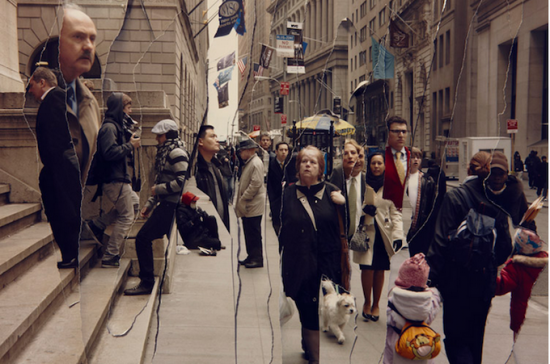
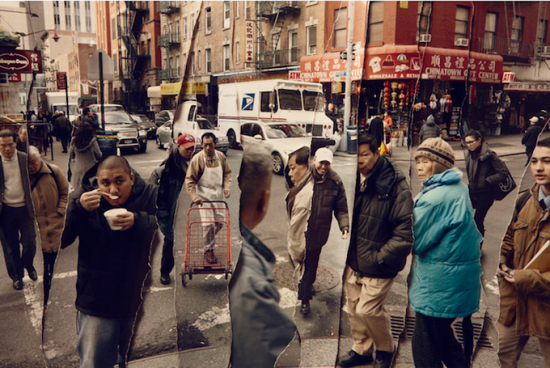
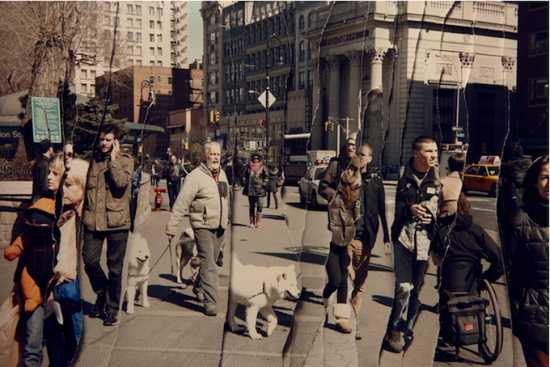
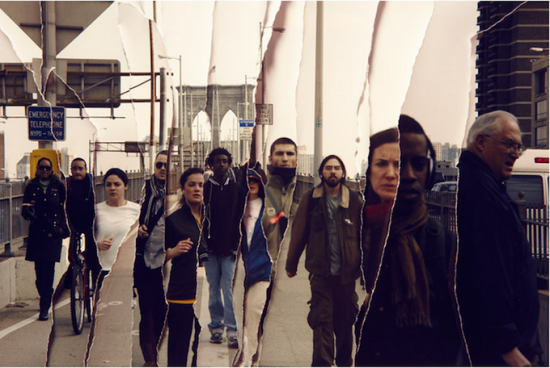

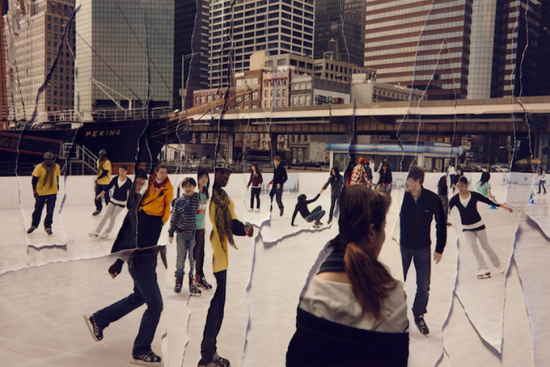

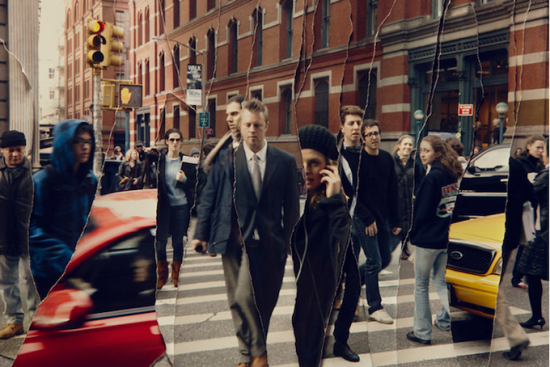








 Welcome back to the third and final edition of “Want to Play a Game of Tag (Lines)?” because like a good movie franchise, it ends as a trilogy (hint-hint Indiana Jones). In case you missed it, here’s
Welcome back to the third and final edition of “Want to Play a Game of Tag (Lines)?” because like a good movie franchise, it ends as a trilogy (hint-hint Indiana Jones). In case you missed it, here’s .jpg) Last week I posted various movie taglines that I enjoyed from the last two decades. One thing I realized about these taglines is that they aren’t very compelling if you don’t have any prior knowledge of the movie. Particularly the puns. Pun-intended taglines come off as awkward and persuade you to raise an eyebrow (kind of like this guy ~_^ ). Overall, there were actually very few from last week’s list that would lure me into watching that movie based on its tagline alone.
Last week I posted various movie taglines that I enjoyed from the last two decades. One thing I realized about these taglines is that they aren’t very compelling if you don’t have any prior knowledge of the movie. Particularly the puns. Pun-intended taglines come off as awkward and persuade you to raise an eyebrow (kind of like this guy ~_^ ). Overall, there were actually very few from last week’s list that would lure me into watching that movie based on its tagline alone. Do you know a great place to read an occasional great one-liner? On movie posters. I’m talking about movie tag lines, a close cousin to a company’s or brand’s slogan. Writing a great one-liner for any copy is difficult because it has to embody an entire message and be memorable and even smart, funny or entertaining, and the scrutiny for a movie poster is amplified. Movie tag lines really only get one shot. A company’s or brand’s slogan can be changed, but movie tag lines don’t get that luxury when they go from movie posters to DVD covers. If it’s bad it will be bad…forever, and that’s a long time.
Do you know a great place to read an occasional great one-liner? On movie posters. I’m talking about movie tag lines, a close cousin to a company’s or brand’s slogan. Writing a great one-liner for any copy is difficult because it has to embody an entire message and be memorable and even smart, funny or entertaining, and the scrutiny for a movie poster is amplified. Movie tag lines really only get one shot. A company’s or brand’s slogan can be changed, but movie tag lines don’t get that luxury when they go from movie posters to DVD covers. If it’s bad it will be bad…forever, and that’s a long time.

